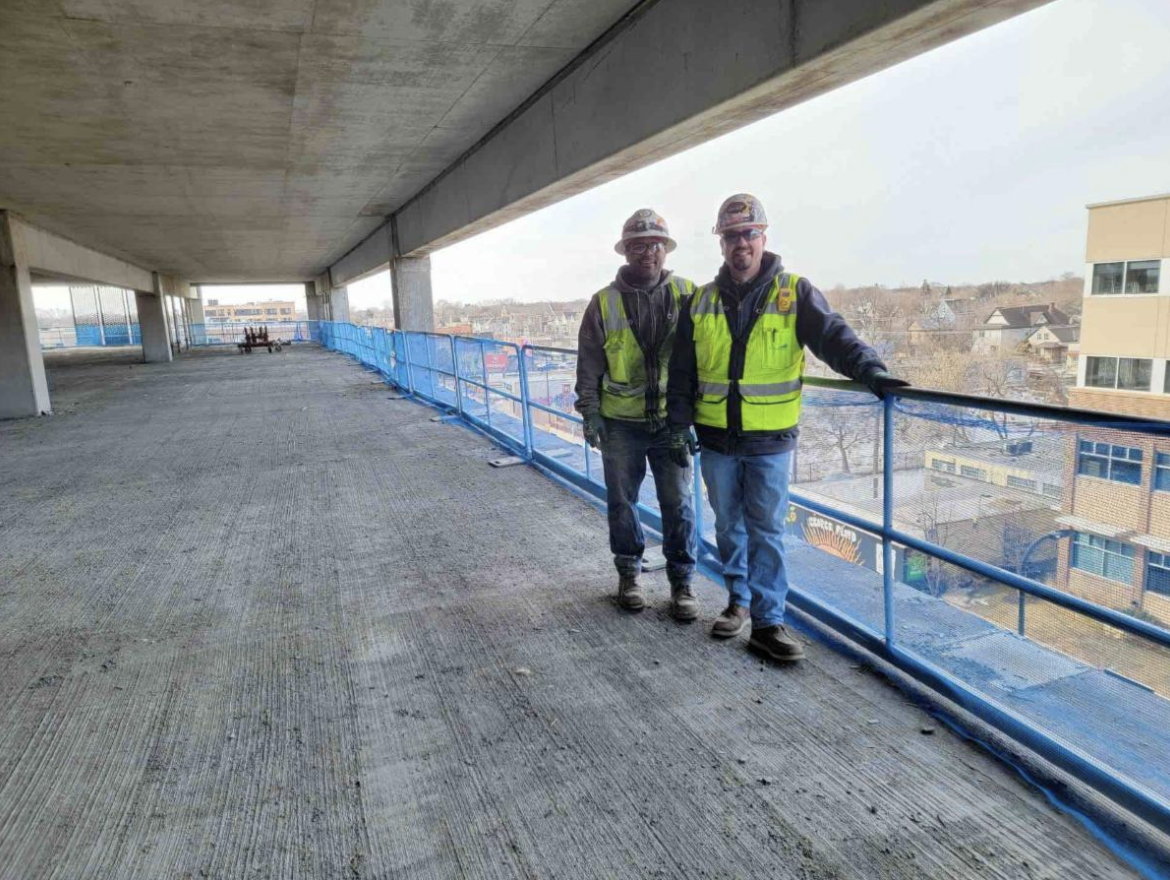Running a lean construction business can help you gain several competitive advantages. Construction Executive magazine invited lean construction industry vendor Deb Hilmerson to share her advice on eliminating, or at least minimizing, the eight most common areas of waste in lean construction.
 Hilmerson has spent much of her career working with construction industry leaders and contractors to develop safe, lean American-made products. In her article, she defined the eight most-common areas of waste and provided proven, workable solutions.
Hilmerson has spent much of her career working with construction industry leaders and contractors to develop safe, lean American-made products. In her article, she defined the eight most-common areas of waste and provided proven, workable solutions.
- Transportation: “Whether it is movement from one jobsite to another, or from a yard to a material laydown area and then again to the actual work area, transportation adds time to the whole construction process and exposes materials to handling damage.” Her suggestions include better coordination and daily task management. Placing equipment in carts or on wheels can also make it easier to maneuver on jobsites.
- Inventory waste: “Excess materials should be minimized as much as possible, as they tend to require a fair bit of handling (effort) and storage space,” she advised. “Look for ways to optimize inventory such as reusable guard rail systems rather than using two-by-fours that get tossed at the end of the project. Often a one-time investment will quickly pay for itself.”
- Motion: “With 50% of the time spent on construction in the United States wasted on unproductive activities, it’s important to leverage construction management technology to reduce this number dramatically.”
- Time: In addition to crews waiting for material or equipment deliveries, Hilmerson points out that this waste also applies to anyone waiting for plans, and RFI, progress updates and/or time sheets. “Having real-time access to this information in the field—from any device or location—will help crews reduce this type of waste,” she suggests.
- Overproduction: “Overproduction waste results from fabricating material too soon or ordering extra material because of poor quality, rather than producing and delivering the right amount of material at the time it is needed.” Hilmerson’s advice includes instituting just-in-time manufacturing and inventorying.
- Overprocessing: “This waste refers to unnecessary steps taken in the project value chain, such as transforming or double-handling material.” Hilmerson suggested eliminating paperwork with blueprint software and having one central communications point will ensure jobsite teams are always on the same page and information isn’t lost in various paper files.
- Defect: “Incorrect work that needs to be repaired, replaced or redone costs time, labor and money. In lean construction, defect waste includes damaged material, rework or punch list items.” Having one place to track punch-list items can help, she advises.
- Skills and underused talent: “The eighth waste of lean involves failing to make use of people’s skills, creativity or knowledge on a project.” She suggests, “Using construction management software enables everyone from the office to the field to communicate and collaborate in real time, ensuring that no idea goes unheard.”
Hilmerson concludes, “A shortcut to achieving a leaner construction business is to collaborate with other lean vendors, suppliers and craftspeople. When everyone involved with a project shares the same goals of minimizing waste and improving efficiencies, contractors will naturally find opportunities to increase profits.”




